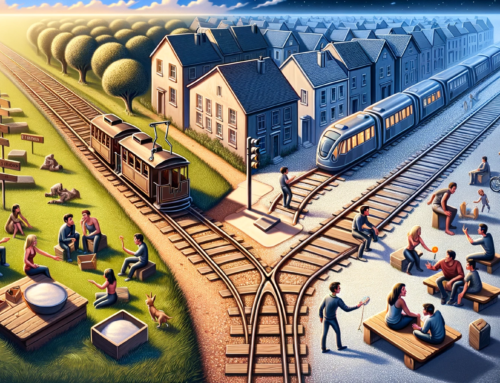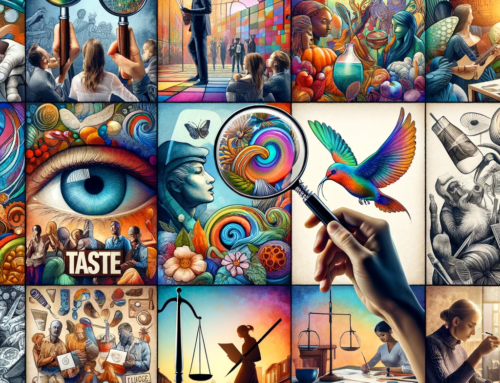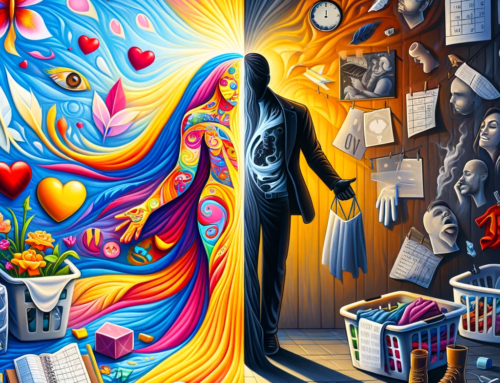In a previous post, I proposed that crafting relationships that exceed expectations requires an understanding and shaping of what I call the “box of the Other” — essentially, our mental model of the opposite sex, which is a composite of our life experiences. This box can be developed in one of two ways: by focusing on a specific person or through self-reflection.
When you create a box around a specific person, you face a dichotomy. If you already have a well-defined box, adapting it to fit another can be destabilizing. Alternatively, if your box is still formative — typical in the earlier stages of life like the early 20s — the process is significantly less destabilizing but remains a high risk-high reward strategy: if that relationship does not work after a few years, you will have built a box around an unsuitable Other. As divorce rates rise, the long-term utility of this strategy diminishes proportionally.
Therefore, the more sustainable approach to building a box of the Other lies in self-reflective work. This process can unfold in two directions. The top-down method involves revisiting and analyzing past experiences to construct a more accurate and nuanced box.
The bottom-up approach, which I find more promising, focuses on building a solid box of your Ideal Self. By understanding yourself better, you naturally refine your box of the Other. This refinement is based on the premise that we all have not only a box of the Other but also a box of ourselves in relation to the Other. Through self-reflection — paced according to your own needs and supported by books and friends — you develop a more sophisticated worldview. Through that new lens, you no longer need to stare into the abyss of past experiences to learn how the box of the Other was built; all you will need is a quick peek, and that box will start morphing in wonderful, colourful ways.
Build your Self box.




